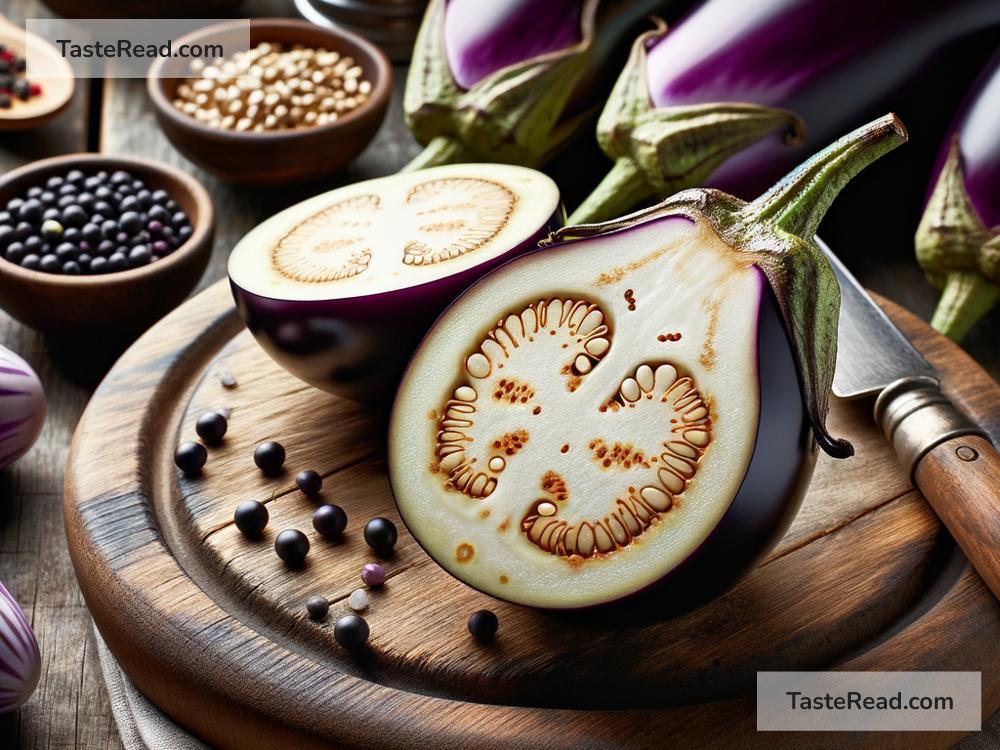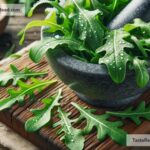The Science Behind the Sponginess of Eggplants: A Simple Explanation
Eggplants, sometimes called aubergines, are unique vegetables (technically fruits!) that captivate cooks and scientists alike. Their smooth, shiny skin and pale, spongy interior make them a fascinating ingredient to work with. If you’ve ever held an eggplant or cut one open, you’ve probably noticed its odd texture—soft, airy, and sponge-like. But have you ever wondered why eggplants are so spongy? In this article, we’ll explore the surprising science behind the sponginess of eggplants in simple terms.
What Is an Eggplant Made Of?
To understand why eggplants feel spongy, let’s take a closer look at what’s inside them. Like most fruits and vegetables, eggplants are made mostly of water—around 92 to 94% of their weight is water! The rest is made up of carbohydrates, fibers, tiny amounts of protein, and minerals. But what gives eggplants their unique texture isn’t just their water content—it’s their special cellular structure.
Inside an eggplant, the flesh is made up of countless tiny cells that are packed loosely together. Imagine a foam sponge you might use to clean dishes; that sponge has holes and gaps that trap water. The inside of an eggplant works similarly—it has air pockets and water-filled spaces that give it that soft, airy texture. In scientific terms, this loose structure is called “parenchyma tissue,” which is found in many plants but is especially pronounced in eggplants.
Cell Walls: The Secret to Sponginess
The sponginess of an eggplant comes down to its cell walls and how they are arranged. Plant cells are surrounded by cell walls, which give the cells shape and structure. In eggplants, the cell walls are thin and flexible, making it easy for the cells to hold water and trap air. This flexibility allows the eggplant to feel soft when you press it and spongy when you cut into it.
What’s cool about these cell walls is how they change when you cook an eggplant. When exposed to heat, the walls break down, and the eggplant’s flesh becomes super tender and creamy—almost melting into a smooth texture, like in dishes such as baba ghanoush or ratatouille. But we’ll get to cooking chemistry later!
The Role of Air Pockets
Eggplants contain lots of tiny air pockets within their flesh, which contributes to their spongy feel. If you look closely at a slice of eggplant, you can even see these air pockets as tiny holes scattered throughout. These spaces are mostly filled with air and water. They act almost like a sponge, soaking up liquids easily.
This is why eggplants have a reputation for soaking up oil during cooking. When you fry an eggplant, its air pockets act like mini sponges and absorb the oil quickly. This is especially true if you cut the eggplant thin—more surface area means more oil absorption! However, there are ways to avoid oily eggplant, such as salting it before cooking. Salting draws out water from the air pockets, reducing their ability to suck up oil later.
Eggplant Seeds: More Than Meets the Eye
Eggplants are full of tiny seeds inside their flesh. These seeds are edible and don’t usually affect the texture unless the eggplant is overripe. When an eggplant becomes older or overripe, its seeds grow larger and tougher, making the texture less spongy and more grainy or chewy. For the softest eggplants, it’s best to choose ones that are fresh and firm with shiny skin and minimal seeds.
The Science of Cooking Eggplants
So what happens to the spongy structure of eggplants when you cook them? Cooking causes big changes to the cells inside an eggplant. Heat breaks down the cell walls, releasing the water trapped within. This is why eggplants shrink and soften so much when cooked—they lose a lot of their water content.
For example, if you grill or roast eggplants, the high heat makes the flesh collapse, turning that spongy texture into a creamy and smooth consistency. This is why cooked eggplants are so popular in dips, spreads, and stews. The spongy structure also helps them absorb flavors, making every bite packed with deliciousness!
If you fry eggplants, the air pockets soak up oil, resulting in a crispy outside and soft interior. Salting them before frying, as mentioned earlier, can help control this oil absorption while improving the texture.
Why Are Eggplants Spongy, But Not Other Vegetables?
You might wonder, why don’t all vegetables have that spongy texture? While other vegetables also have parenchyma tissue, eggplants are unique because of the way their cells form loose clusters with lots of air pockets. Vegetables like cucumbers or potatoes have tightly packed cells with less space between them, so they feel crisp or dense instead of spongy.
Eggplants are part of the nightshade family, which also includes tomatoes and peppers. These fruits tend to have softer structures naturally, but eggplants take it to the next level with their sponge-like interiors.
Conclusion
Although the sponginess of eggplants may seem simple at first glance, there’s a lot of science behind it! Their loose cellular structure, thin cell walls, and air pockets all work together to create the unique texture we love. Whether you’re frying, roasting, or grilling them, their spongy nature allows them to transform into tender, flavorful dishes.
Now that you know the science behind eggplants, you might appreciate them even more when preparing your next meal. So go ahead—grab a shiny purple eggplant, and let its sponginess work its magic in your cooking adventures!


